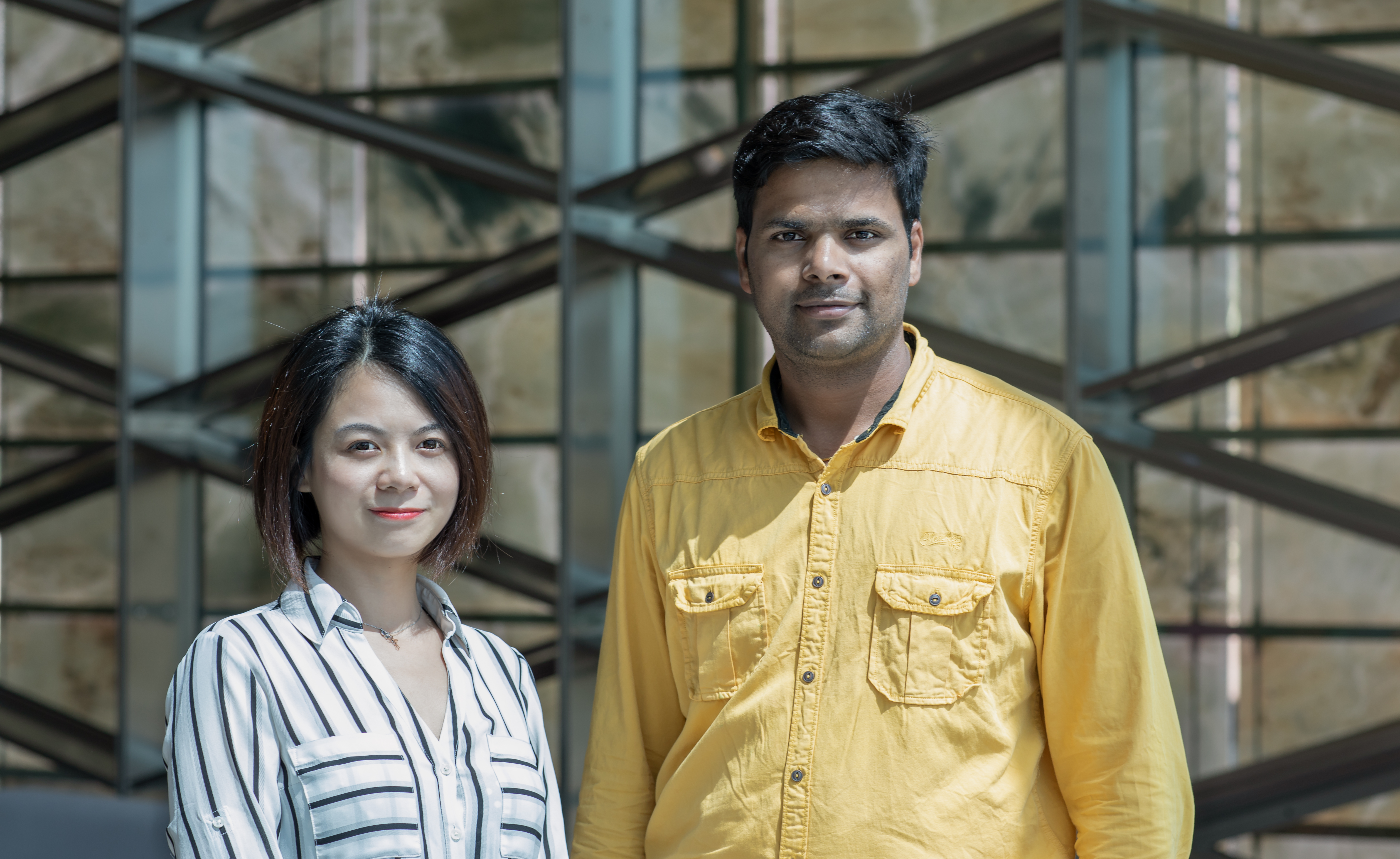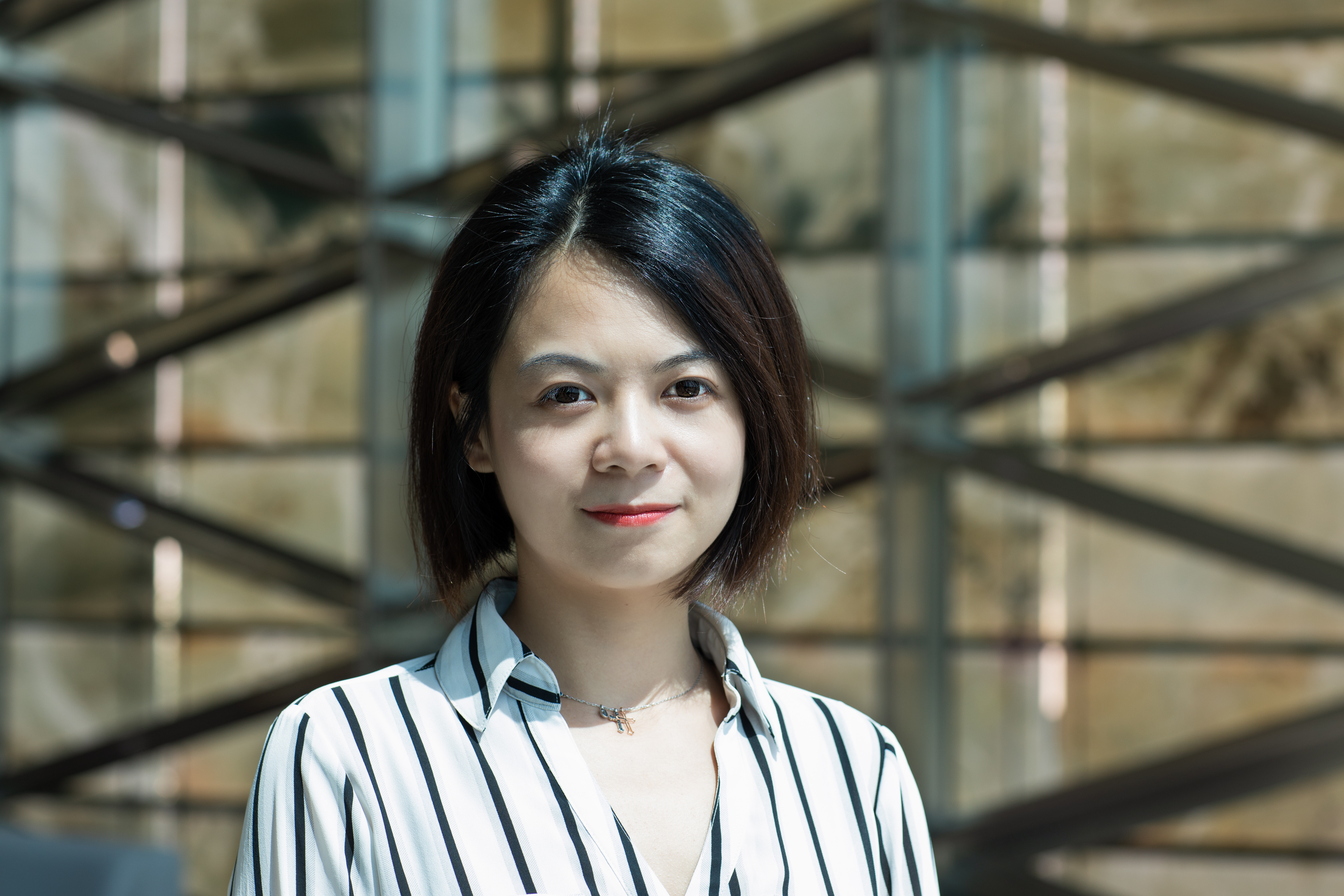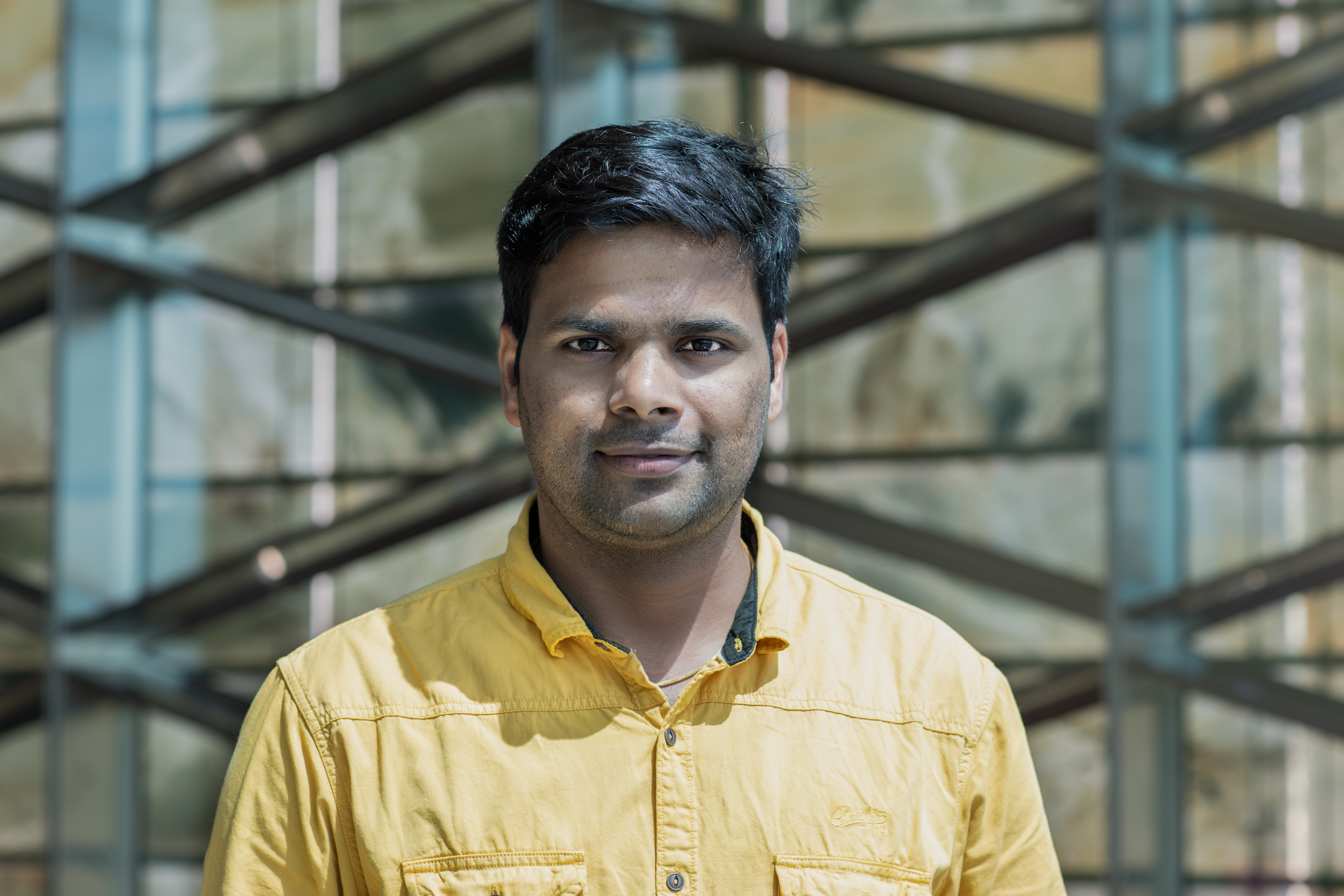Photoelectrochemical research wins gold and silver in Hong Kong

KAUST Ph.D. student Hui-Chun Fu and postdoctoral fellow Purushothaman Varadhan recently won two prestigious awards at the 2018 NANO Conference in Hong Kong in June. Photo by Sarah Munshi.
-By Annie Parenteau, KAUST News
The 2018 NANO Conference, which took place at City University of Kong Kong in late June, was spearheaded by the International Committee on Nanostructured Materials (ICNM) and is a traditional meeting place for nanomaterials researchers. There, state-of-the-art research and the latest advanced findings in the field are presented.
Ph.D. student Hui-Chun Fu and postdoctoral fellow Purushothaman Varadhan, researchers from KAUST Professor Jr-Hau He's lab, presented the findings of their research at the conference, winning two prestigious awards: the Materials Today Rising Star Poster Award (Silver Award) and the NANO2018 Session Theme Poster Award. Research in He's lab focuses on converting solar energy into a storable form of energy such as hydrogen and other fuels to use in the renewable energy market.

KAUST Ph.D. student Hui-Chun Fu (pictured) and postdoctoral fellow Purushothaman Varadhan recently won two prestigious awards at the 2018 NANO Conference in Hong Kong in June. Photo by Sarah Munshi.
Renewable energy is an important strategic priority shaping the economy of many nations, and this is especially true for the Gulf Cooperation Council (GCC) countries, as they depend mainly on fossil fuels. Self-sustainability for GCC countries after the fossil fuel era and environmental pollution from fossil fuels drives the need for renewable and carbon-neutral alternatives.
The researchers explained that the production of solar energy with photovoltaic devices is the most viable alternative to fossile energy. However, solar energy is intermittent in nature, and there is an inherent mismatch between the photovoltaic energy production and consumption, limiting the degree to which the electrical grid can rely on solar energy.
Because of this, solar-driven (photoelectrochemical) water-splitting hydrogen generation is a viable alternative that has the potential to realize affordable solar fuels by converting solar energy into a storable form of fuels such as hydrogen.

KAUST Ph.D. student Hui-Chun Fu and postdoctoral fellow Purushothaman Varadhan (pictured) recently won two prestigious awards at the 2018 NANO Conference in Hong Kong in June. Photo by Sarah Munshi.
The conference's poster presentations were competitive, with 13 sessions and 15 to 20 presenters for each session. Fu noted that "the awards not only mean our effort has earned recognition, but they also mean our research is important in the energy application field."
"The judges were carried away with the presentation and suggested we publish the key findings in high impact journals," Varadhan said.
Fu noted the awards were also significant to her as a female scientist, and through her work, she hopes to encourage other women around the world to join the STEM community.
"It is good that many countries have encouraged universities and research institutions to increase the number of female scientists," she stated.
Related stories:
- Dr. Youssef Belmabkhout honored by ASRT
- Alumnus receives Marie Skłodowska-Curie Fellowship
- Former president honored by Harvard
-
Professor Carlos Duarte to receive the European Academy of Sciences Blaise Pascal Medal

